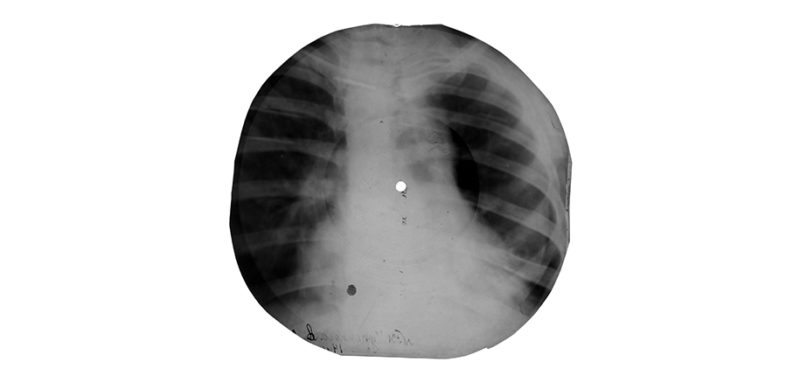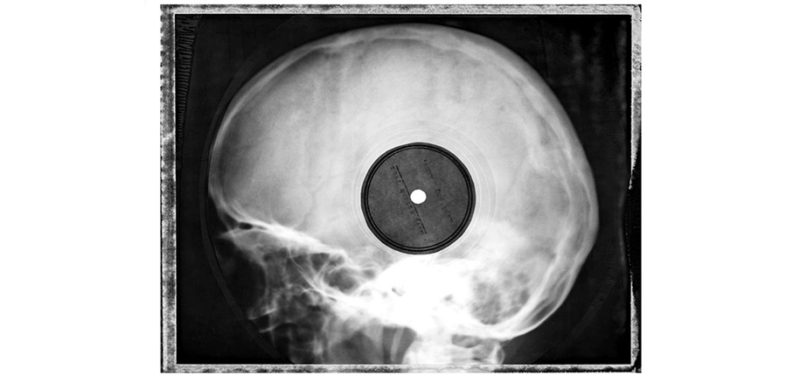
Photo: https://www.kitchensisters.org/hidden-kitchens/dissident-kitchens/, ©Ksenia Vytulev
Who would have guessed that music and radiology could cross paths? Well, in the 1950’s Soviet Union they became intricately linked. Post World War II, censorship in the Soviet Union was extensive and obtaining forbidden music was nearly impossible. Forbidden music included rock-and-roll, jazz, Latin rhythms, and surprisingly, a large amount of Russian music. However, several hipsters (stilyagi) found a creative way to distribute the forbidden music.
Vinyl was scarce in the Soviet Union, but coincidentally around this time, the Soviet authorities issued an order to hospitals to discard exposed x-ray films after one year because of their high flammability. Thus, x-ray films, which would hold the groove of recorded music, became readily available. The stilyagi would go to the back door of the hospital and trade a few rubles or bottle of vodka for a pile of x-ray films.
Using a standard wax disk cutter, the forbidden record would be copied. Then a copy of the album would be etched onto the x-ray film using a recording lathe. The x-ray was cut into a crude circle and a cigarette was used to burn a hole in the middle. This allowed the one-sided record to be played on any turntable.
 Photo: https://www.npr.org/sections/thesalt/2014/05/27/314961287/how-soviet-kitchens-became-hotbeds-of-dissent-and-culture, ©Jozsef Hajdu
Photo: https://www.npr.org/sections/thesalt/2014/05/27/314961287/how-soviet-kitchens-became-hotbeds-of-dissent-and-culture, ©Jozsef Hajdu
The quality was widely variable, but to the young Russian buying these records, even the tiniest thread of this forbidden sound was exciting to hear. They were also cheap: they cost 1 ruble on the black market, compared to 5 rubles for a censored vinyl. The records were bought and sold on street corners, dark alleyways, and in the park.
An underground network of bone music distributors emerged, called the roentgenizdat (X-Ray Press), which were soon distributing millions of bootlegged records. However, Soviet officials eventually caught on and the practice was made illegal in 1958. The government hunted out distributors of bone music and confiscated any x-ray record found. In 1959, the largest roenrgenizdat ring was broken up, thus ending the short life of bone music.
References.
Coates, S., Heartfield, P., & Fuchs, R. (2015). X-ray audio: The strange story of Soviet music on the bone.
Contributed by Monica Forbes-Amrhein, MD and edited by Glenn Miñano, BFA.
